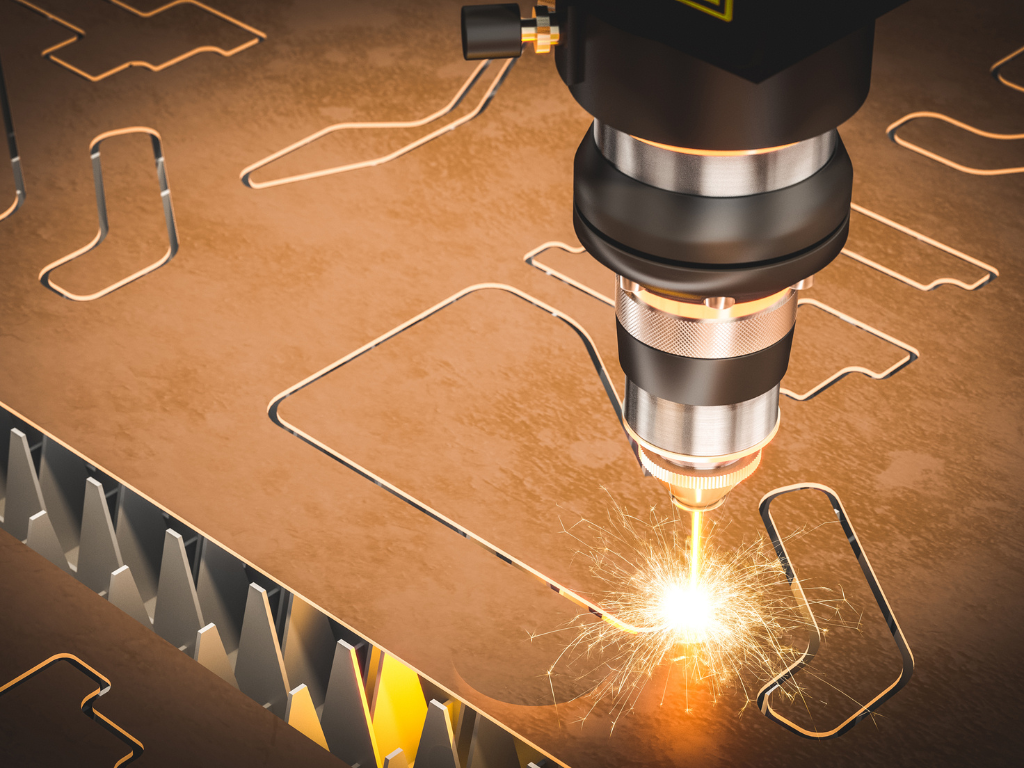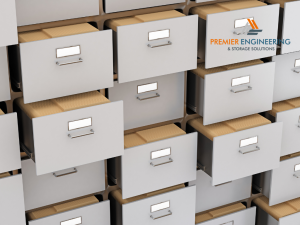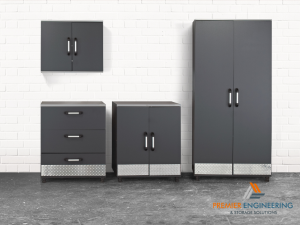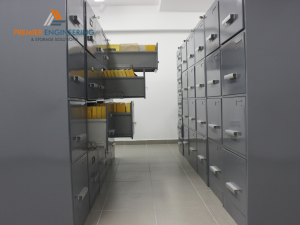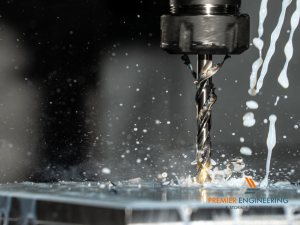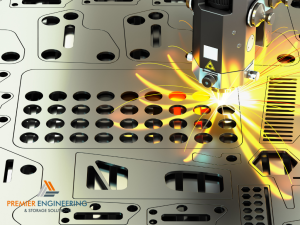Understanding CNC Machines: A Gateway to Advanced Manufacturing
As the backbone of advanced manufacturing, CNC machines embody the pinnacle of automated precision. These sophisticated tools translate digital models into physical parts with unparalleled accuracy, heralding a new era of production where human error is minimized and efficiency is paramount.
Exploring the Different Varieties of CNC Machines

Selecting the appropriate CNC machine requires a clear understanding of their functionalities and applications. Here is a table that presents a side-by-side comparison of the different types of CNC machines:
| Machine Type | Core Features | Primary Applications |
|---|---|---|
| CNC Router | Specializes in 3D carving and intricate detailing on softer materials. | Commonly used in woodworking, plastics, and foam. |
| CNC Mill | Capable of handling complex 3D shapes, drilling, boring, and cutting. | Suited for metalworking and intricate shapes in hard materials. |
| CNC Lathe | Excelling in high-precision cylindrical part production. | Ideal for turning, facing, and threading operations. |
| CNC Laser | Known for precision cutting, engraving, and clean cuts. | Perfect for detailed work on metal, glass, and fabric. |
| CNC Plasma Cutter | Efficient at cutting through heavy-duty metals. | Used in industrial applications for cutting thick metal components. |
This comparative guide is designed to direct you to the most suitable CNC machine for your specific manufacturing needs.
Selecting the Right CNC Machine for Your Material and Design
When determining which CNC machine to use, consider the following criteria, presented here in bullet form for clarity:
- Material Properties: The hardness, density, and elasticity of the material inform which CNC machine will be most effective.
- Design Complexity: For detailed and intricate designs, the precision of a laser or router is beneficial, whereas simpler shapes are efficiently tackled by a lathe or mill.
- Machine Capabilities: It’s essential to match the project requirements with the size, speed, and power of the CNC machine.
Advantages and Considerations in CNC Machine Selection
Weighing the advantages of each CNC machine against your project needs is crucial. Here are the points to keep in mind:
- Lasers and mills are heralded for their precision, making them the preferred choice for complex designs that require fine detailing.
- Lathes and plasma cutters offer higher efficiency, producing parts at a faster rate, especially when the design is less intricate.
- Routers are cost-effective for working with non-metal materials, while plasma cutters are the economical option for heavy-duty metal cutting tasks.
Balancing these advantages with the project specifications, budget, and operational costs will guide you towards the optimal CNC machine choice.
Navigating the Challenges of CNC Machine Operations

Operating CNC machines presents unique challenges that require foresight and planning:
- Operational Challenges: CNC machines demand regular maintenance to ensure longevity and consistent performance. Operators must be trained to troubleshoot common issues and perform routine checks.
- Optimization Strategies: To get the best out of a CNC machine, it’s crucial to optimize the tool paths and cutting parameters. This involves fine-tuning the software settings and machine calibration for peak efficiency.
- Safety and Training: A safe working environment is paramount. Operators should be well-versed in safety protocols and receive proper training on the specific CNC machine they will be using.
Integrating CNC Machines into Your Production Line
Introducing CNC machines into an existing production setup involves several steps:
- Incorporation Steps: Assessing the production line’s readiness for CNC integration, including space allocation and power requirements, is essential.
- Role of CAD/CAM Software: Utilizing CAD/CAM software not only in the design stage but also in managing the CNC machine operations streamlines the production process.
- Transition Tips: For a smooth transition, it’s recommended to run pilot projects, ensure staff training, and establish a maintenance schedule right from the start.
The Future of CNC Machining: Trends and Innovations
The trajectory of CNC machining is marked by continuous innovation:
- Technological Advancements: Anticipate breakthroughs in machine intelligence, precision, and material compatibility, expanding the horizons of what CNC machines can produce.
- Material and Design Influence: Emerging materials with unique properties may necessitate new machining techniques, while evolving design trends could drive the development of advanced CNC functionalities.
Maximizing the Potential of CNC Machines in Manufacturing
To fully leverage CNC machines in manufacturing, consider these final thoughts:
- Strategic Adoption: The strategic implementation of CNC technology can be a significant competitive advantage, offering increased production capabilities and opening new market opportunities.
- Continuous Improvement: Adopting a mindset of continuous improvement in CNC operations can drive innovation, efficiency, and quality in manufacturing.

